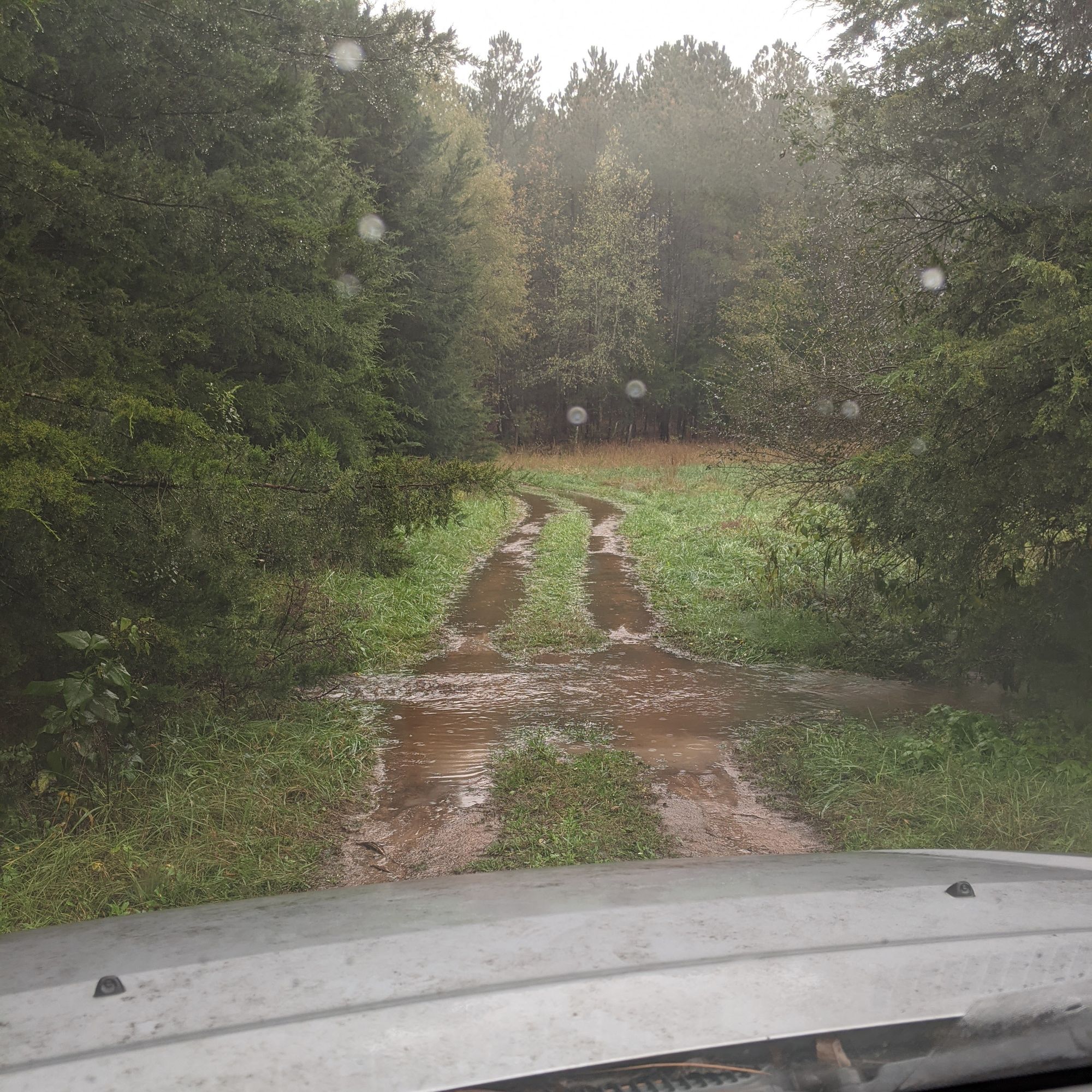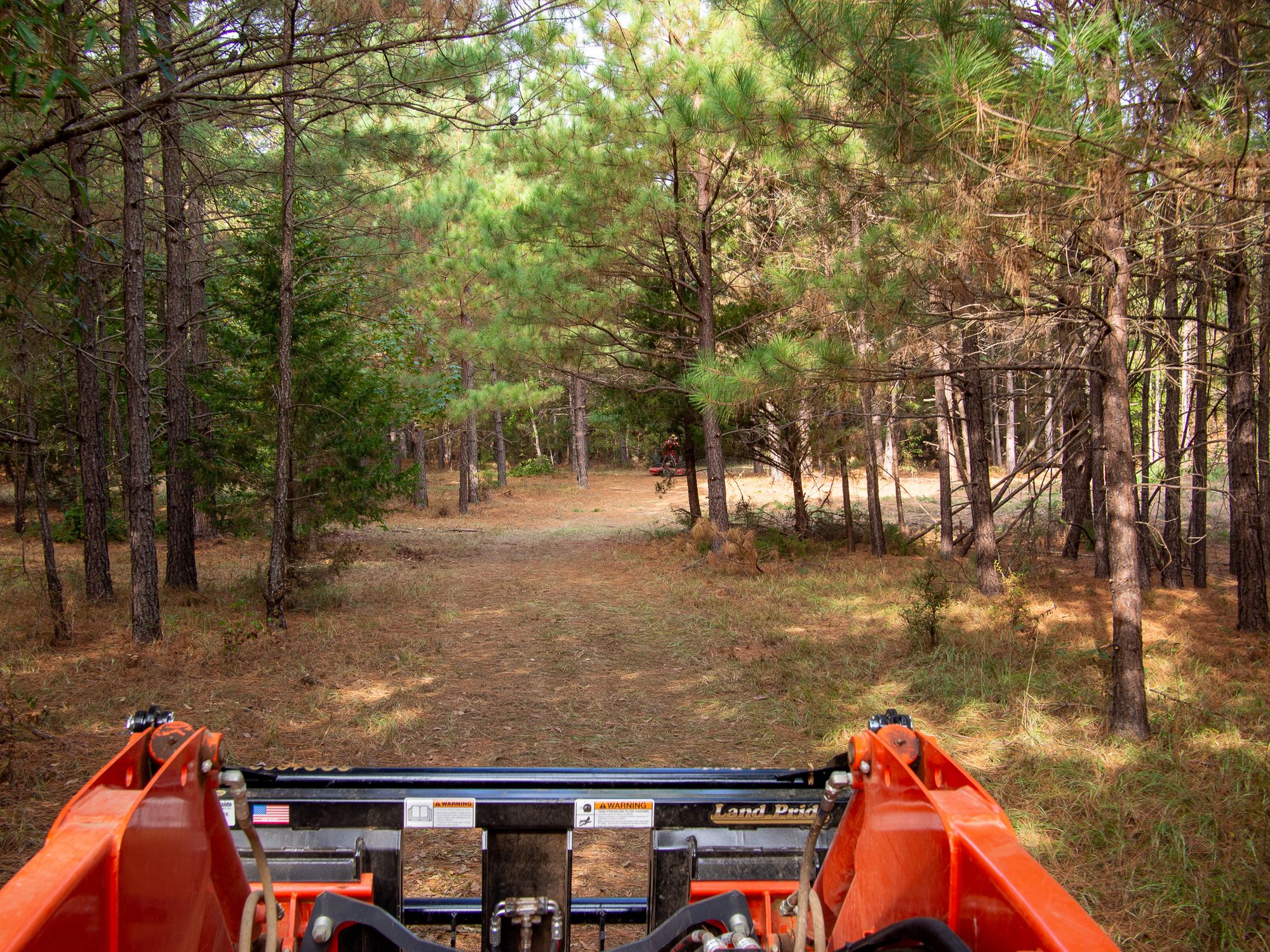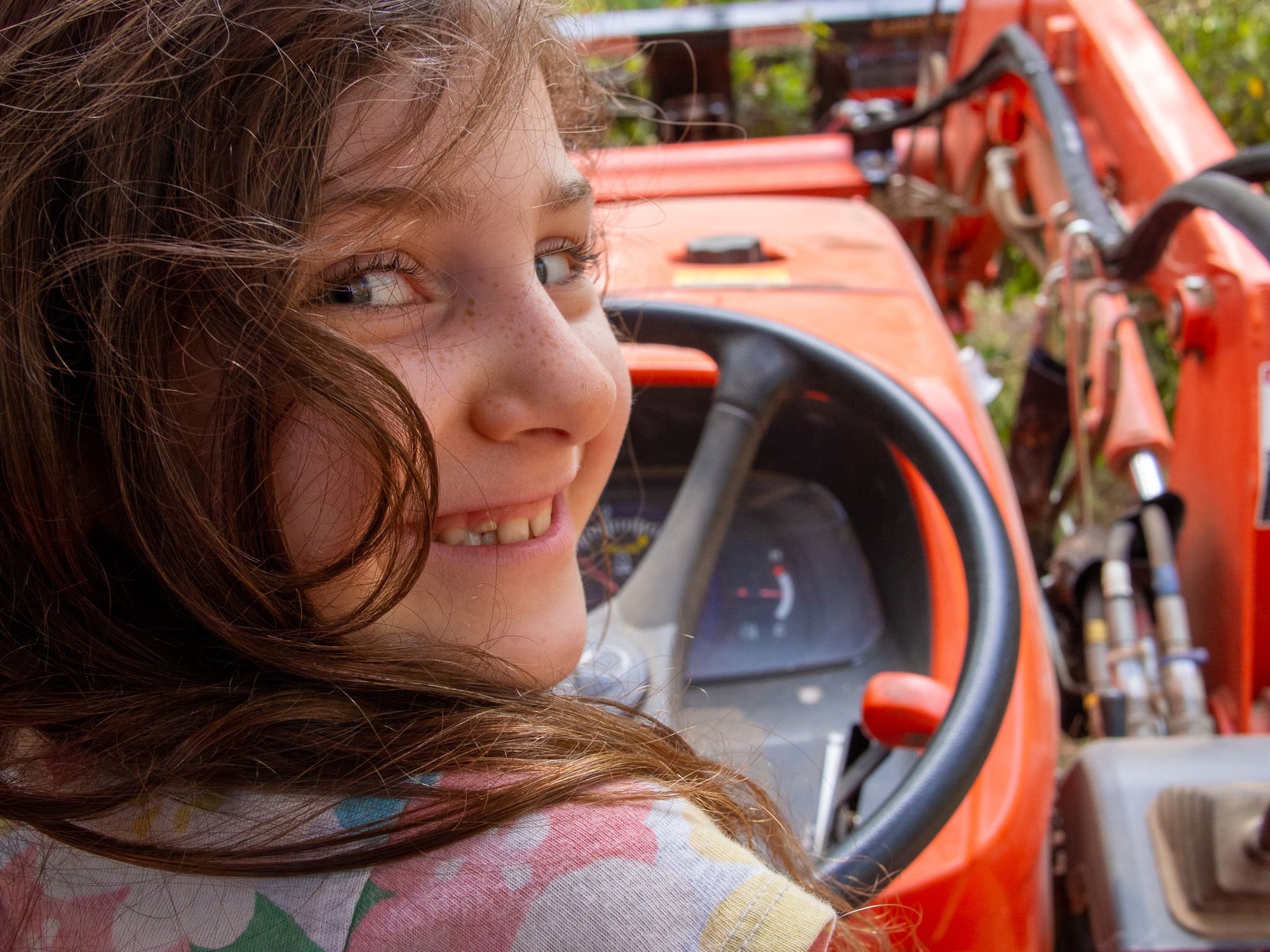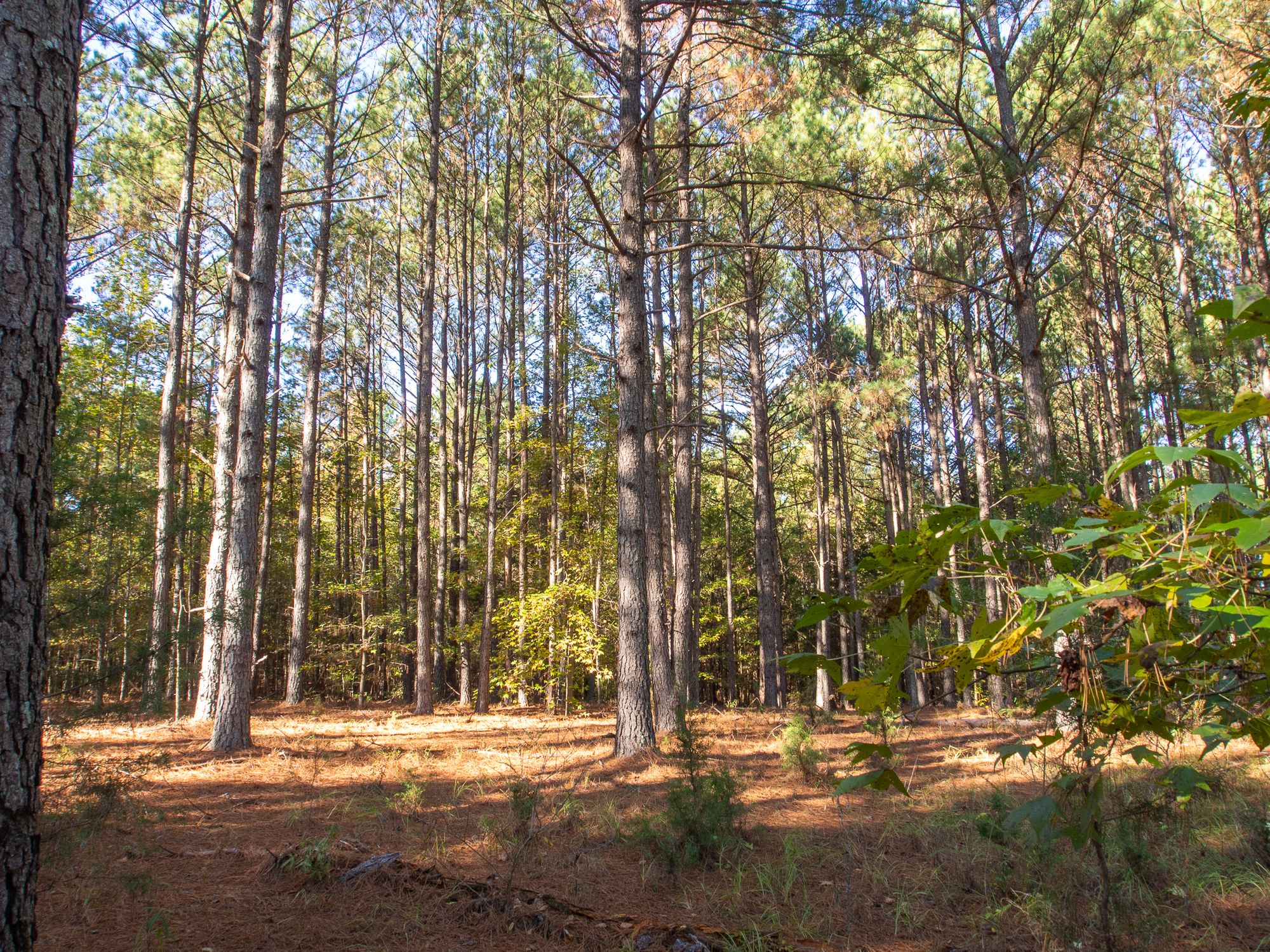I think it's harder to start from scratch. It can be confusing and challenging to start something with no real point of reference, and for us, picking a homesite was no exception.
Early in our journey to the farm, and well before we officially left city life, we bought an RV. We had been using borrowed RV's for extended trips to my in-laws homestead next door, and given the tiny space they were living in while building a house of their own, we needed a place for our family. The initial use for the RV was only a temporary place for us to stay while visiting, but it became so much more.
As we transitioned to the farm in earnest, the RV became our home. But a family of four living in 30 feet is not a comfortable situation. Looking back, we grew as a family while we struggled to find a balance between parenting and work, but we had a lot of challenges. That made us all the more committed to getting our homesite ready. The RV was most certainly a provision to allow us to start the journey, but it couldn't stay that way for long.
The trouble was, with 25 acres to choose from on our own property, we didn't know where to get started. The RV was located next door at my in-laws, we didn't have any utilities, and daily life was happening in a space outside our own land. We had to be intentional in our commitment to go and discover our own place, and in that discovery, made decisions about what we wanted and where to put some stakes in the ground. One reason I bring up the RV is to highlight that we had a temporary space for our family while we learned about our land. It allowed us to avoid making knee jerk decisions and gave us the freedom to start small and slow.
Getting to the point, what we did know was we didn't want to be close to the main highway. We felt it was safer for the kids to be raised back away from the road, and we liked the idea of having a bit of privacy too. With nothing more in mind, we set out find our future homesite. With a little luck, and a lot of grace, we found it.
Here are some tips and ideas that helped us finally make the choice on where to start clearing our homesite.
Go for a walk

Get to know your land. Go on foot and see if you can find level ground. We have a bunch of hills that could have been a major issue. We didn't know then, but we have a ton of very shallow granite on our property, and the site work to excavate with the rocks in mind would have added to our costs in a significant way. Finding a level plot was key, and we could have missed out had we not taken frequent walks through the woods.
Go for another walk (in the rain)

Rain is a big deal. You need to know how it's going to impact your land. If you've got this lovely, level plot picked out, but it's in a bowl and it floods every time it rains, it's probably not the ideal homesite. But don't let your scope be limited to just the homesite. Also look at potential access roads you'll need to get on and off the property. Will these roads need any special attention for drainage? These kinds of questions can help you make good decisions early on and avoid expensive re-do's down the road.
Factor in the utilities

The very first permit I had to pull was a septic permit. It might be one of the last things you'll want to think about, but it needs to be on the top of the list. It can make or break a homesite. The second permit was for power. Our electric provider required a 30 foot wide lane to bring in overhead primary lines from the road. This was not a trivial task. The last big utility would be your water source. Our well was drilled uphill from our home and septic site. But had we not considered it up front, we could have easily had conflicts with the well and septic systems. Just think about it like a puzzle and make all the pieces fit.
Make a decision and run with it

It wasn't easy knowing when to start clearing land. But I had to start somewhere. When we found a patch of grass on a level area that had good lanes for a road or driveway, we got out the chainsaw and tractor, and started whacking things. Slowly, one tree at a time, we started seeing where we needed to push the edges of our homesite. It was an exercise in persistence. The landscape changes with every tree you take out, and you don't want to take out more than you need. Our plan to clear the smaller brush to give us a better view while saving large trees paid off in the end. Some of our larger oak and pecan trees would have been devastating to lose. It was a treasure to uncover such beautiful trees being hidden behind young pines and cedars. Tiffany said it was like removing the forest in order to see the trees. In this active discovery of the landscape, we made choices of where and how we wanted to shape our space. In the end, you'll know when you're happy with it. Just keep at it. It's a slow road if you're working it yourself, but totally worth it.
Don't be a lone wolf

One last thing to note is that I didn't have to make these decisions in a vacuum. The local health department has a wonderful environmental health specialist who helped me with the septic, the power engineer came out and was very willing to walk our property and discuss options for bringing power in, and the well drillers came out and helped provide some advice on where they thought would be the best locations for us to have water. Don't isolate yourself and think you have to make the decisions first. Sometimes just picking up the phone to ask for advice is all you need to get the ball rolling.

I hope this helps. If we can help answer any other questions you might have, please let me know at info@goodsteading.com.

